The Citrasutra of the Visnudharmottara Purana
In stock
In this book, the author has worked at a critical approach in the study of the Silpasastras. Contrary to the received opinion that the past is directly accessible to us via the sacrosanct fragments of the texts, the author argues that they only make sense within a framework. In the introduction, the Citrasutra, comprising nine adhyayas or chapters of the third khanda of the Visnudharmottara Purana, is posited as a much "discovered" and interpreted text. As a result, it has a long history of interpretation by pioneering art historians of the 20th century like A.K. Coomaraswamy, Stella Kramrisch and C. Sivaramamurti. Interest in the text is triggered by a set of concerns of the art historians, which were tied up with questions of Indian identity and the construction of an authentic past. The author locates her own interpretation of the text within the tradition of hermeneutics forming around this text. The second section, divided into three parts-Text, Translation and Notes, takes up the nine adhyayas from 35-45. The Text puts together a critical apparatus which incorporated fresh evidence from two new manuscripts from Nepal and Bangladesh, hitherto not considered by the earlier editors. The Notes are detailed and bring in the interpretations by the earlier scholars to indicated important deviations from the official line of interpretation. It is followed by a detailed Glossary, the first of its kind, which focuses on the technical and context-specific sense of the terms.

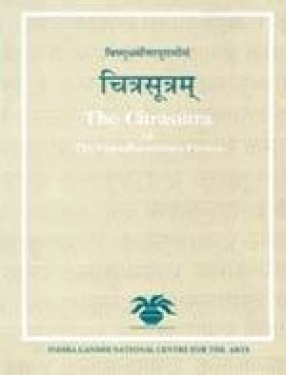
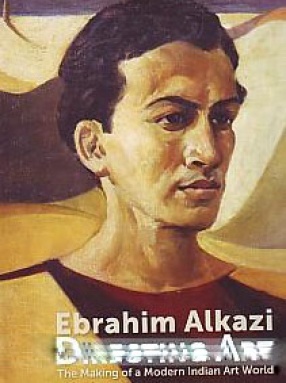
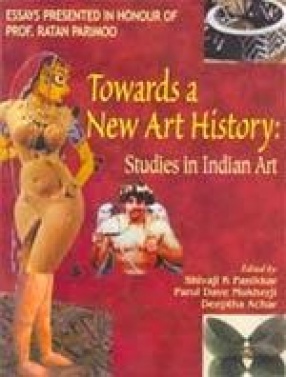
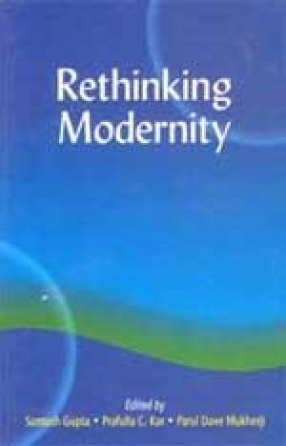
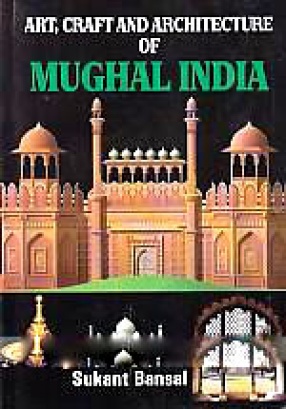

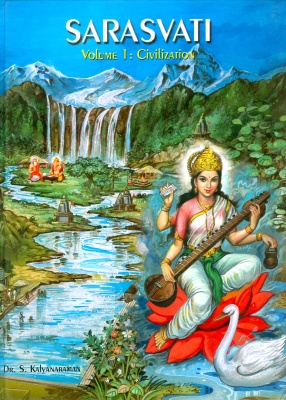
There are no reviews yet.